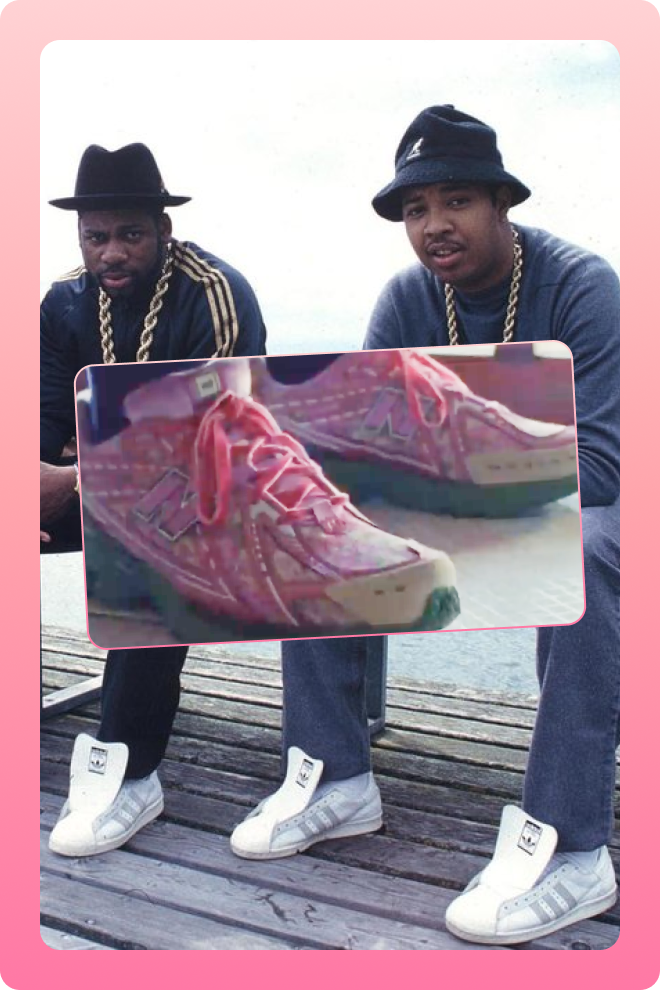- AI is democratizing brand creation but breeding algorithmic uniformity
- Strategic taste cultivation is becoming the new differentiator
- Deliberate slowness counters AI's rush to immediate output
- The best brands build sensory worlds beyond their products
- Human discernment balances AI efficiency
Key takeaway: As AI homogenizes brand expression, cultivating distinctive taste through careful curation will become the premium that separates lasting brands from forgettable ones.
In a world hurtling toward unfettered access and ubiquitous choice, the playing field is leveling for brands big and small. AI will democratize capabilities previously reserved for organizations with bulging purses, but it will also, as The New Yorker’s Kyle Chayka aptly notes, “create a lowest common denominator of aggregated taste” 1.
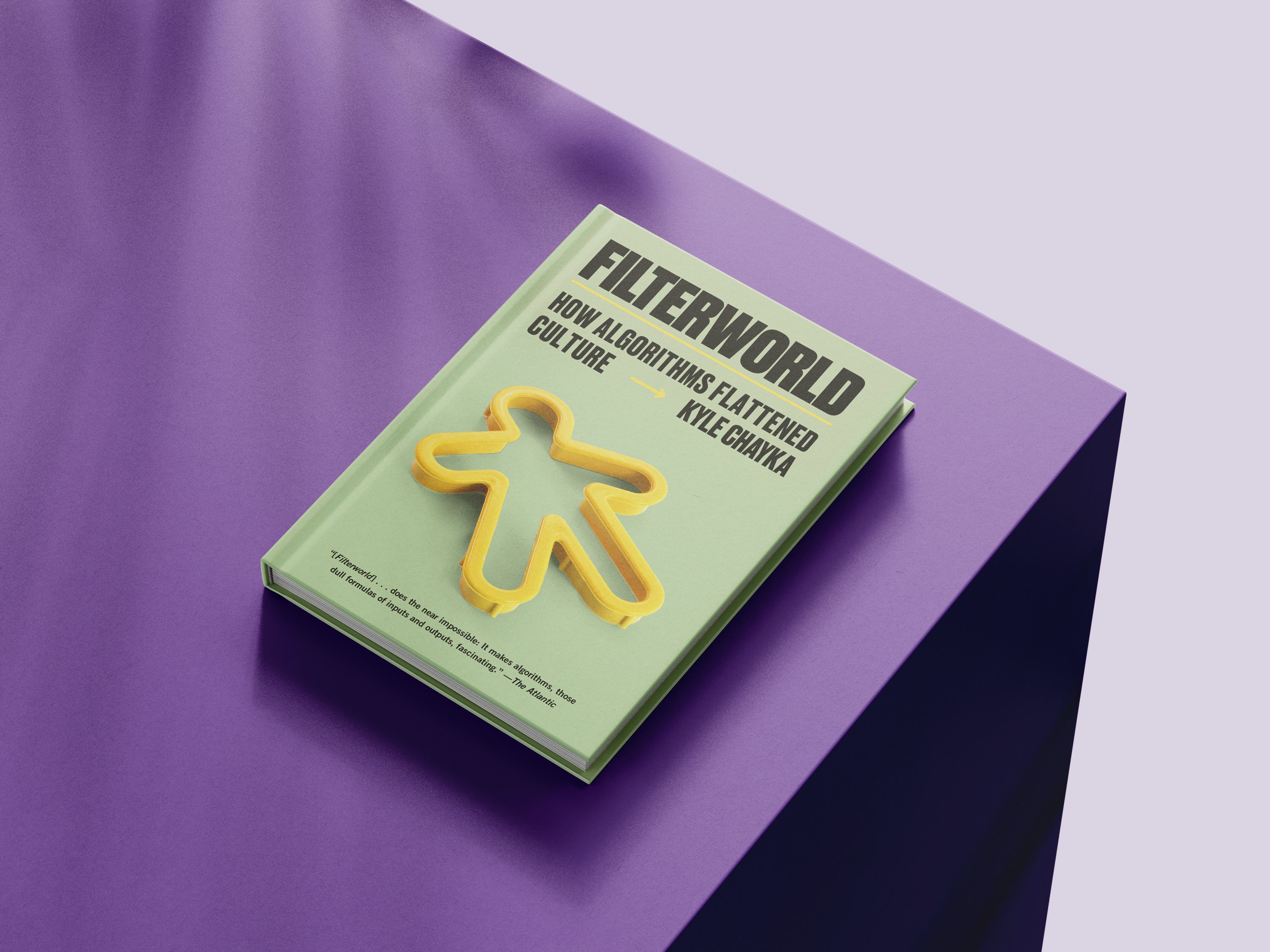
1Kyle Chayka argues that algorithmic content delivery is flattening cultural experiences into a generic aesthetic, making cultivated human taste a rare and valuable asset for brands seeking deeper resonance and creative distinction.
As AI slop seeps deeper into asset creation 2, true brand success and longevity will increasingly emerge from something slower and more sensitive: the deliberate cultivation of taste, and the subtle art of knowing when and how to apply it.
Taste is becoming the consistent yet fluid thread woven throughout a brand's architecture — allowing organizations to build worlds that exist beyond products in ways that feel complementary and organic. As Joe Burns, a strategist at Quality Meats Creative, recently stated: “Today — when words, images, and ideas, can be generated instantly — what becomes rare is the ability to say, ‘That’s the one for me’” 3.
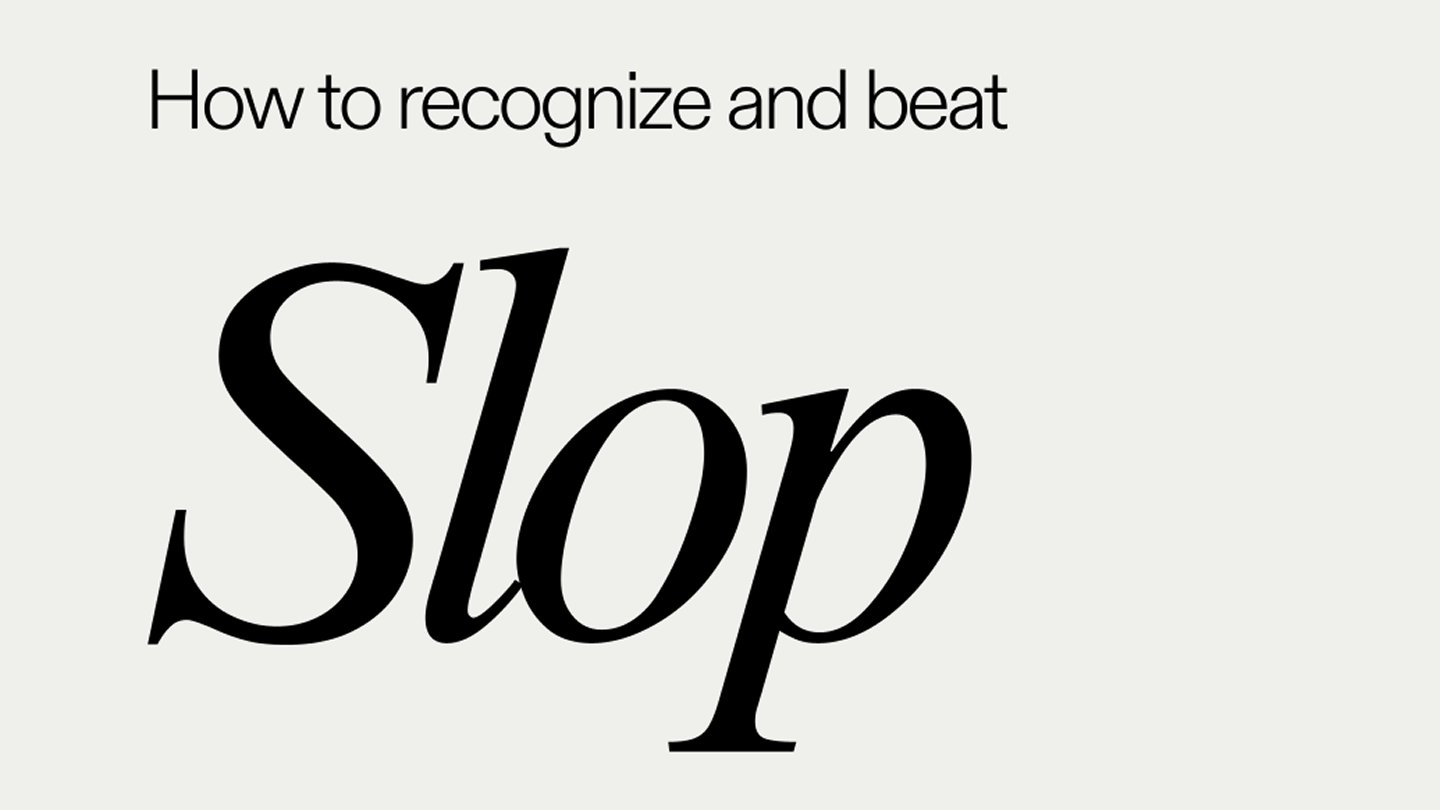
2Frontify’s “How to Recognize and Beat Slop” post, curated by Ana Andjelic and Barr Balamuth, positions curation as a radical act of taste in response to the rise of algorithmic sludge — offering brand leaders strategic filters to separate cultural signal from generative noise.
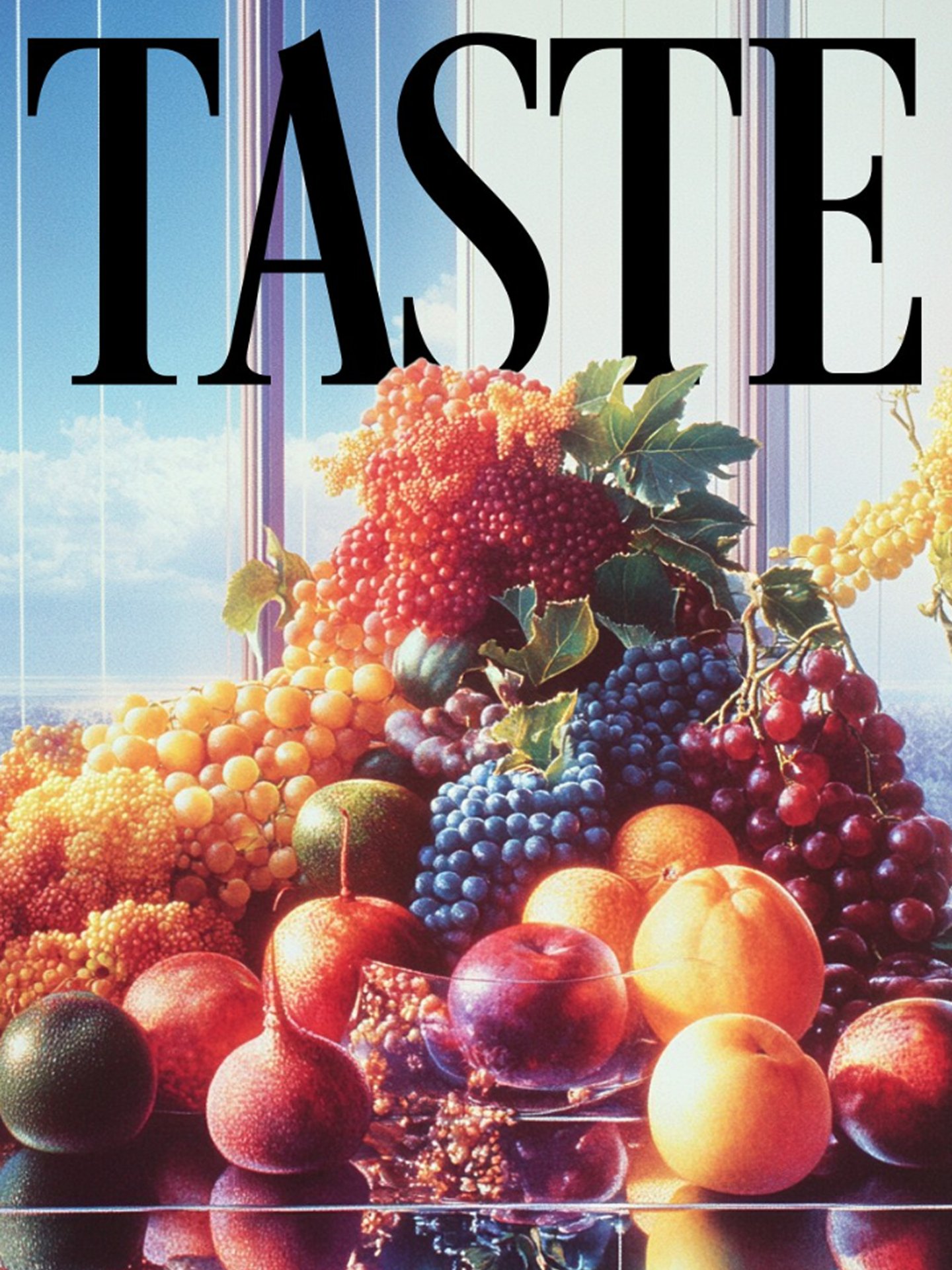
3Joe Burns emphasizes that in an era saturated with AI-generated content, the true differentiator for brands is cultivated taste. He advocates for a shift from consensus-driven decisions to bold, taste-led choices that resonate on a deeper cultural level.
UK boutique perfume subscription brand Ffern exemplifies this approach 4. Its sensory-rich packaging often includes tea pairings, illustrations, and playlists alongside perfume. Ffern’s Winter ‘24 campaign felt more like a Norwegian coming-of-age film than a product advertisement — showcasing art, human skill, and natural beauty. Once a curious watcher does a little digging and finds out that this is a campaign for perfume, they’re already subsumed into the Ffern brand world.
Similarly, Stone Island Sound — an evolving music project described as “Sound as a form of Research” — manifests through live events, festivals, and curated Apple Music playlists with artists like Yaeji and John Glacier 5. Their approach gives the brand space to experiment with music and culture while cultivating a distinctive Stone Island “taste” through sonic exploration.
What connects these examples is a deliberate slowness — a privileging of process over outcome. Prada's commissioning of 10 short stories from Ottessa Moshfegh 5 for their SS25 campaign and WeTransfer's acclaimed WePresent platform 6 follow this pattern. Perhaps taste serves as an antithesis to the immediacy AI tools afford, introducing a healthy tension between speed and consideration.
4Ffern’s Winter 24 campaign channeled poetic and sensory storytelling, pairing fragrance with a cinematic reel of skaters on first ice — a crafted, taste-led alternative to generic seasonal marketing.
5 Prada’s SS25 campaign, “Ten Protagonists,” pairs Ottessa Moshfegh’s short stories with actress Carey Mulligan’s portrayals of ten distinct characters, blending fashion and literature to reinforce the brand’s commitment to narrative depth and cultivated taste.
Strategist Zoe Scaman recently observed that while delegating aspects of strategic thinking to AI saved time, it came at the cost of professional growth. As Chayka also notes, “having a specific sense of taste and discernment creates a higher premium on being human: on offering to the culture, in your work, in your contributions.” Being discerning about when to augment work with AI without atrophying professional capabilities is crucial — both individually and organizationally.
But rather than reducing the conversation of taste as a human vs. AI standoff, the opportunity here is for brands to see taste as an ongoing project: to be experimental, to honor craft, to imbue value into the brand. Prada has stated its intention to create a brand identity that transcends what it sells, while brand theorist Ana Andjelic highlights that “through curation, brands articulate their taste and can set themselves up as taste arbiters.”
Looking ahead, we may see creative teams delineated by their capacity to balance AI tools with human discernment, the emergence of Chief Taste Officers, or dedicated taste consultancies. The trajectory remains open, but brands must remain vigilant about cultivating authentic taste in an era of algorithmic homogenization.
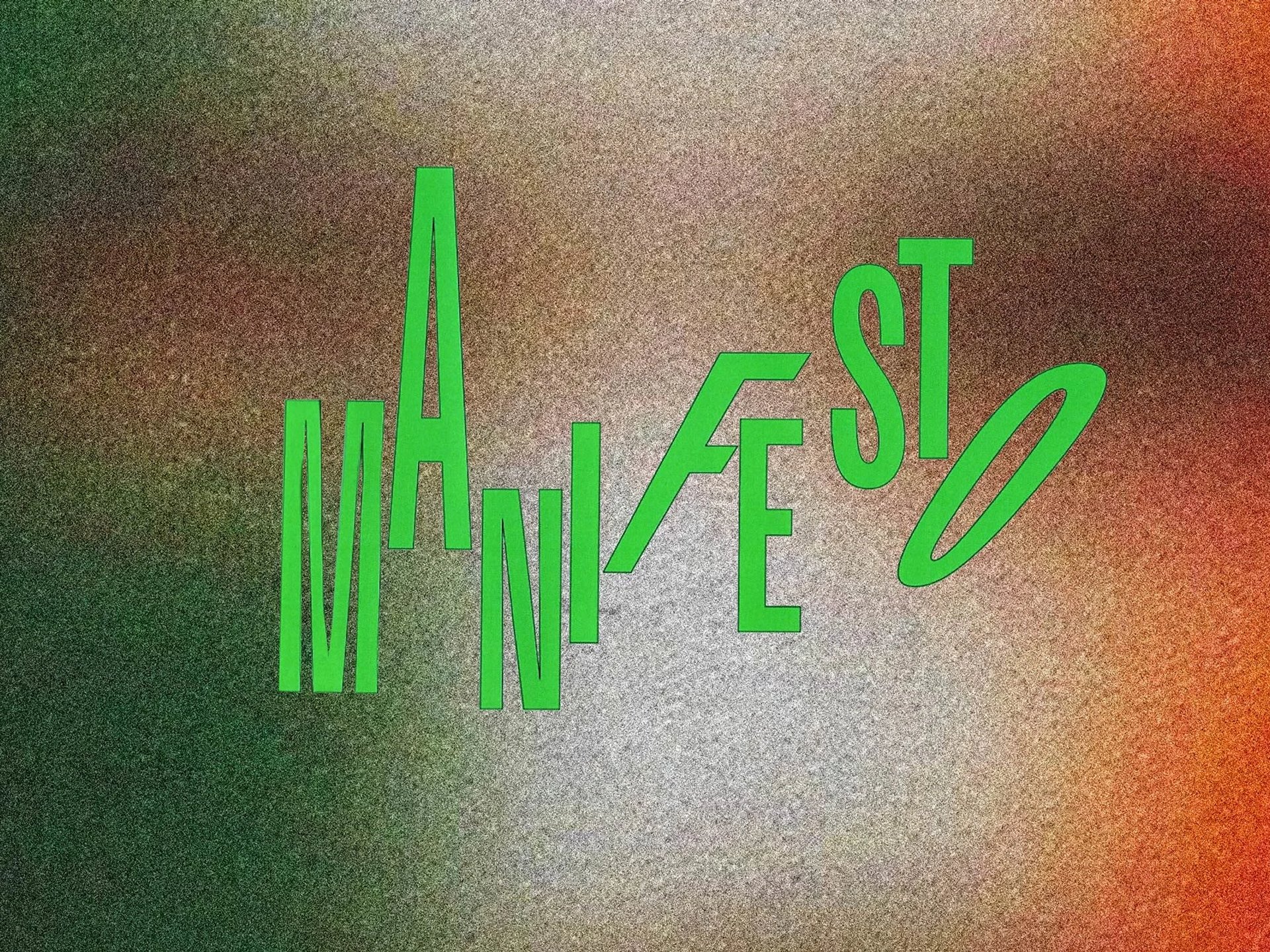
6 WePresent, WeTransfer’s arts platform, showcases original stories across film, design, music, and photography — turning brand communication into a curated cultural output that prioritizes depth, creativity, and taste over volume.



